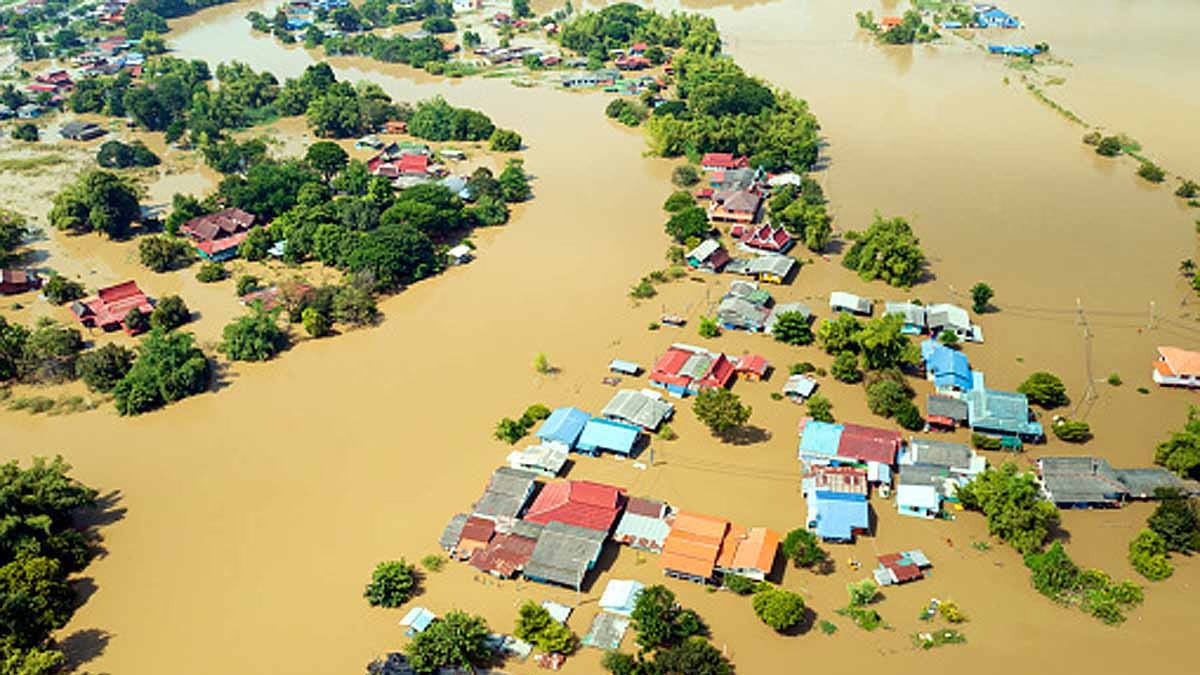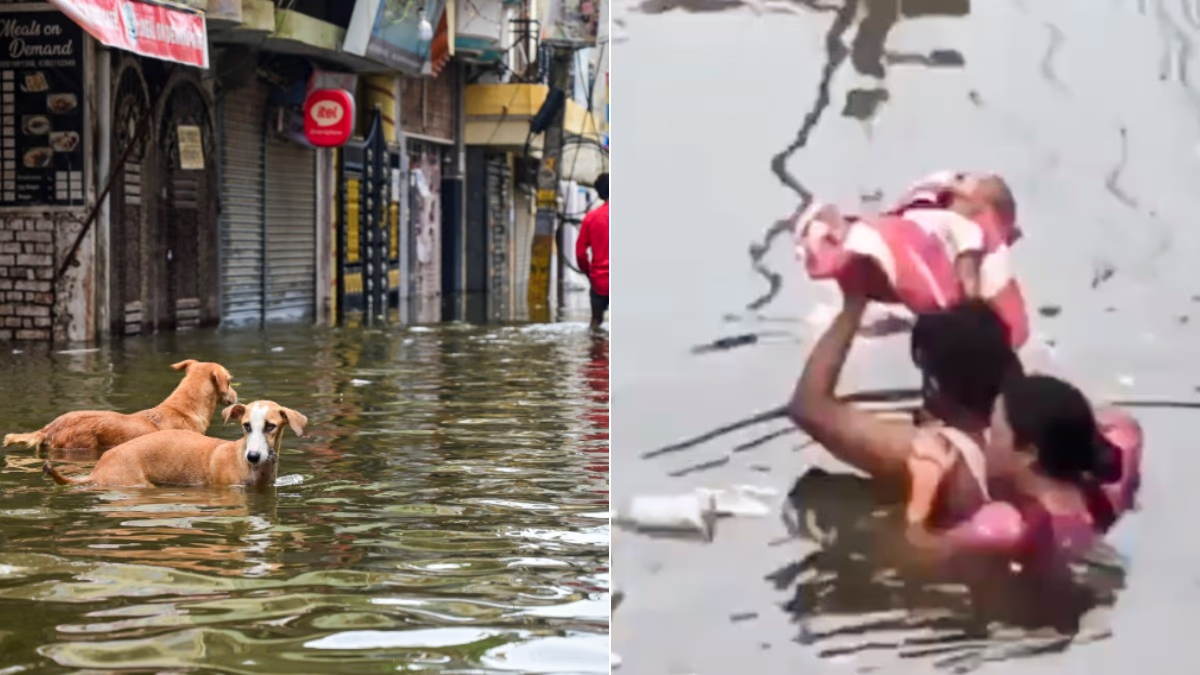Natural calamities like floods, landslides, and cyclones have become major problems in India. These disasters not only damage lives and properties but are also slowly transforming India's geographical map. The landscapes of cities and the structure of regions are changing. Let's understand how this transformation is occurring.
1. Which regions of India are most affected by floods and landslides?
Various parts of India are grappling with these calamities...
The Himalayan region: Landslides and floods have become common in Himachal Pradesh, Uttarakhand, and Jammu & Kashmir. In 2023, heavy rains washed away roads and homes in Himachal.
The Ganges-Yamuna plains: Bihar, Uttar Pradesh, and West Bengal face annual floods. In 2023, the Yamuna River broke record levels in Delhi.
Coastal areas: Odisha, Andhra Pradesh, and West Bengal experience damage from cyclones and floods. Cyclone Michang in 2023 severely affected Chennai.
Western India: Occasional post-drought floods in Gujarat and Rajasthan weaken the soil.
These regions are the most vulnerable due to their geographical location and climate.
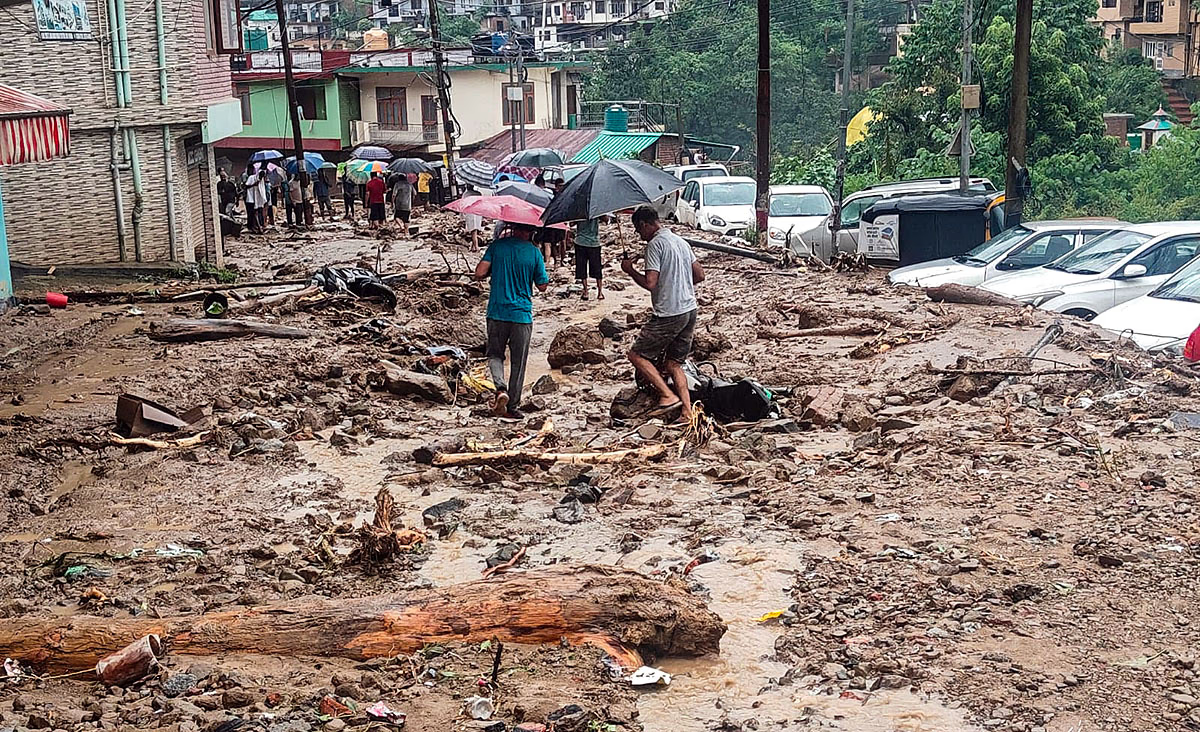
Source: aajtak
2. What are the reasons behind frequent landslides and floods in India?
Numerous factors are responsible for these disasters...
Climate change: Rising temperatures lead to irregular and heavy rainfall, promoting floods and landslides.
Deforestation: Cutting trees in the Himalayas and Western Ghats loosens soil, causing landslides.
Urbanization: Blocking rivers and streams for roads and buildings results in water stagnation, leading to floods.
Population pressure: Overpopulation puts pressure on mountains and plains, increasing risk.
Monsoon season: 80% of annual rainfall overflows rivers from June to September.
These combined factors recurrently bring disasters to India.
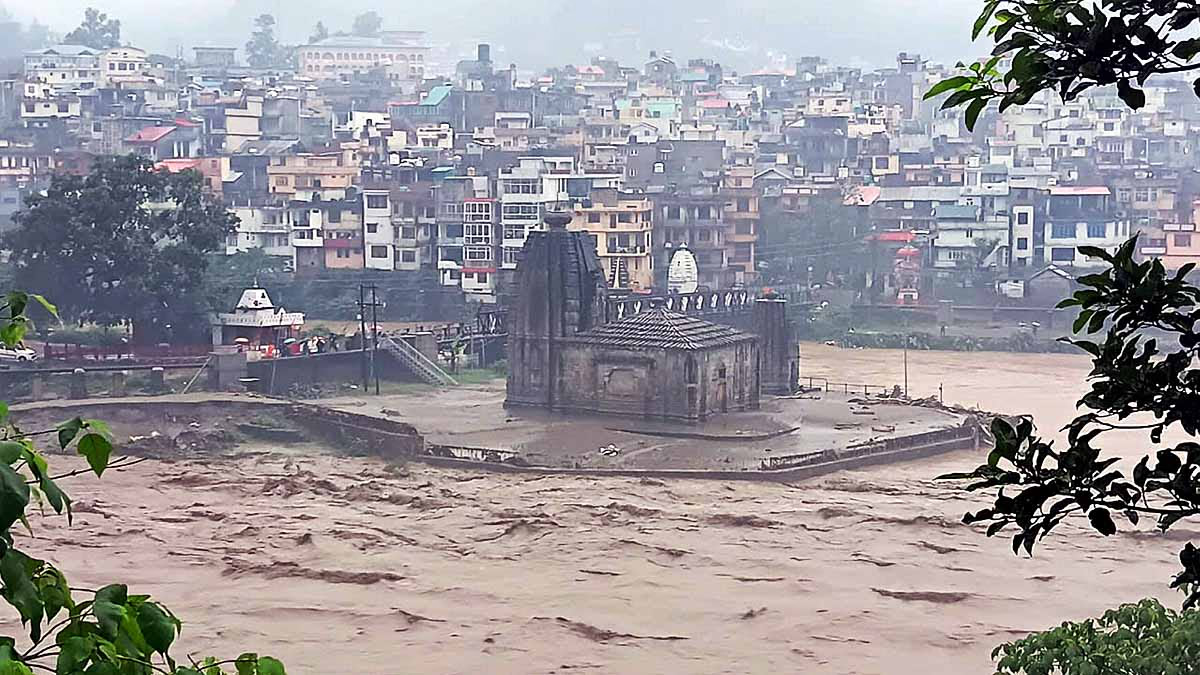
Source: aajtak
3. How are these disasters altering India's geographical structure?
Natural calamities are reshaping the earth...
Changes in the Himalayas: Landslides reduce mountain heights. River courses are changing. Melting glaciers in Uttarakhand are widening rivers.
Plain submergence: Floods gradually erode land along the Ganges and Brahmaputra. Several villages in Bihar have been swallowed by rivers.
Coastal erosion: Rising sea levels and cyclones are shrinking the coasts of Odisha and West Bengal.
Formation of new rivers: Heavy rains create new streams and rivers, altering older maps.
These changes are gradual, but over time, India's map may look completely different.
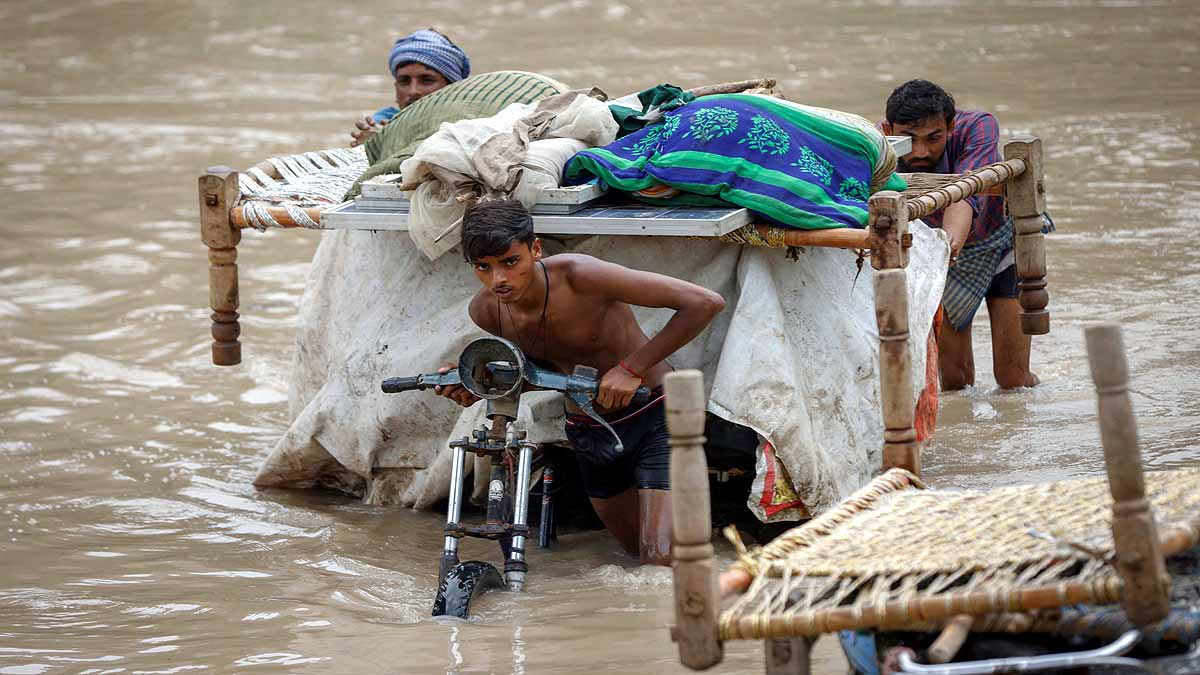
Source: aajtak
4. Are Indian cities becoming more sensitive to natural disasters?
Yes, cities are now at greater risk...
Mumbai and Chennai: Floods in 2005 and 2015 submerged city streets as drainage systems became obsolete.
Delhi: The Yamuna's floods in 2023 impacted numerous colonies, with more buildings reducing drainage space.
Himachal and Uttarakhand: Tourism and road construction are weakening mountains, increasing landslides.
Gujarat: Cyclone Biparjoy damaged Ahmedabad as urban expansion affected rivers.
Increased populations and construction are making cities more vulnerable to disasters.
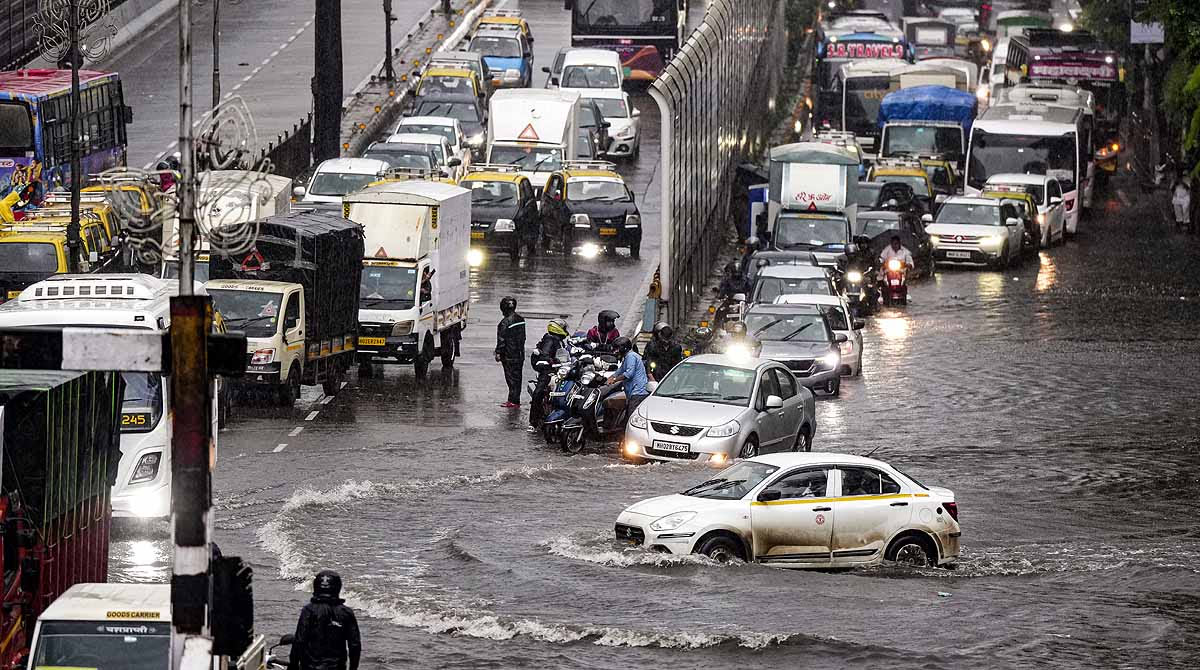
Source: aajtak
FAQs
1. What measures is the government taking to reduce these disasters?
The government has implemented several steps...
Warning systems: The meteorological department and INCOIS provide advance warnings of floods and landslides.
Dams and drains: Dams are being constructed on rivers, and urban drains are being cleaned.
Awareness: People are being informed about disaster kits and safe locations.
Nonetheless, these measures need to be accelerated.
2. Can climate change be blamed mostly for increasing floods and landslides in India?
Yes, most experts agree climate change is a significant cause. Rising temperatures melt glaciers and cause erratic rainfall. However, deforestation and improper construction also play roles. It's not just nature's fault, but a result of our habits.
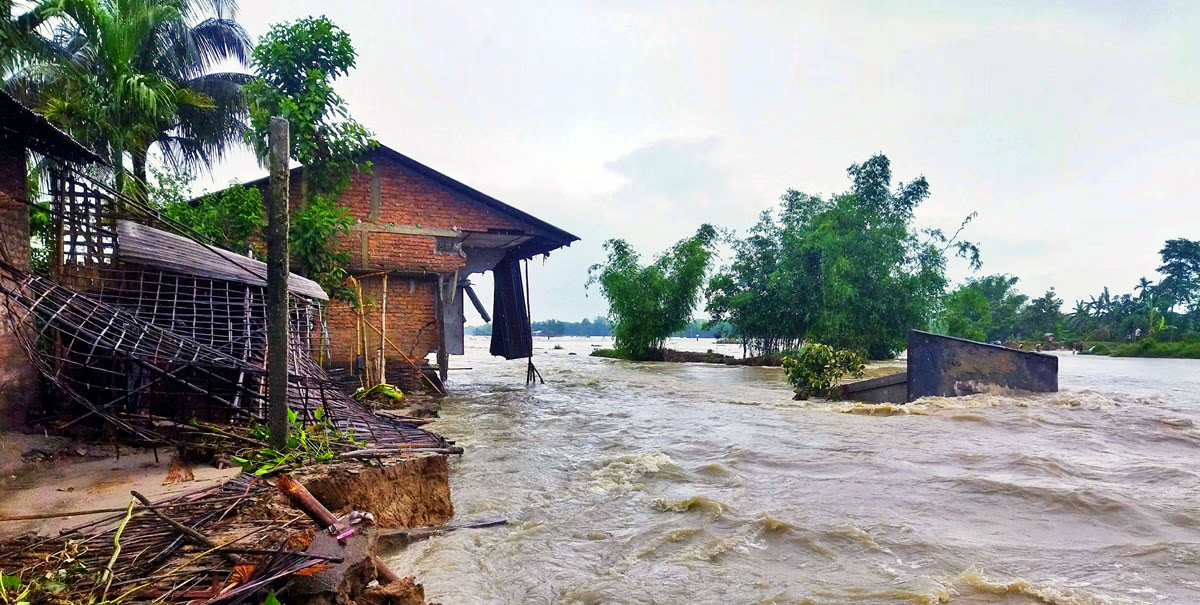
Source: aajtak
Floods, Landslides, and Natural Disaster Data in India (Projected till 2025)
Natural disasters like floods and landslides cause significant damage in India annually. Below is statistical information based on recent data and projections:
Flood-prone area:
Out of India's total area of 329 million hectares, over 40 million hectares (more than 12%) are prone to flooding. Annually, an average of 7.5 million hectares is affected by floods.
Loss of life and property:
Approximately 1,600 lives are lost to floods annually. The average annual damage in the last decade (1996-2005) was 47.45 billion INR, significantly higher than the previous 53-year average of 18.05 billion INR.
Displacement:
Between 2015 and 2024, 32 million people in India were displaced by disasters such as floods, storms, and landslides. In 2024 alone, people were displaced 45.8 million times.
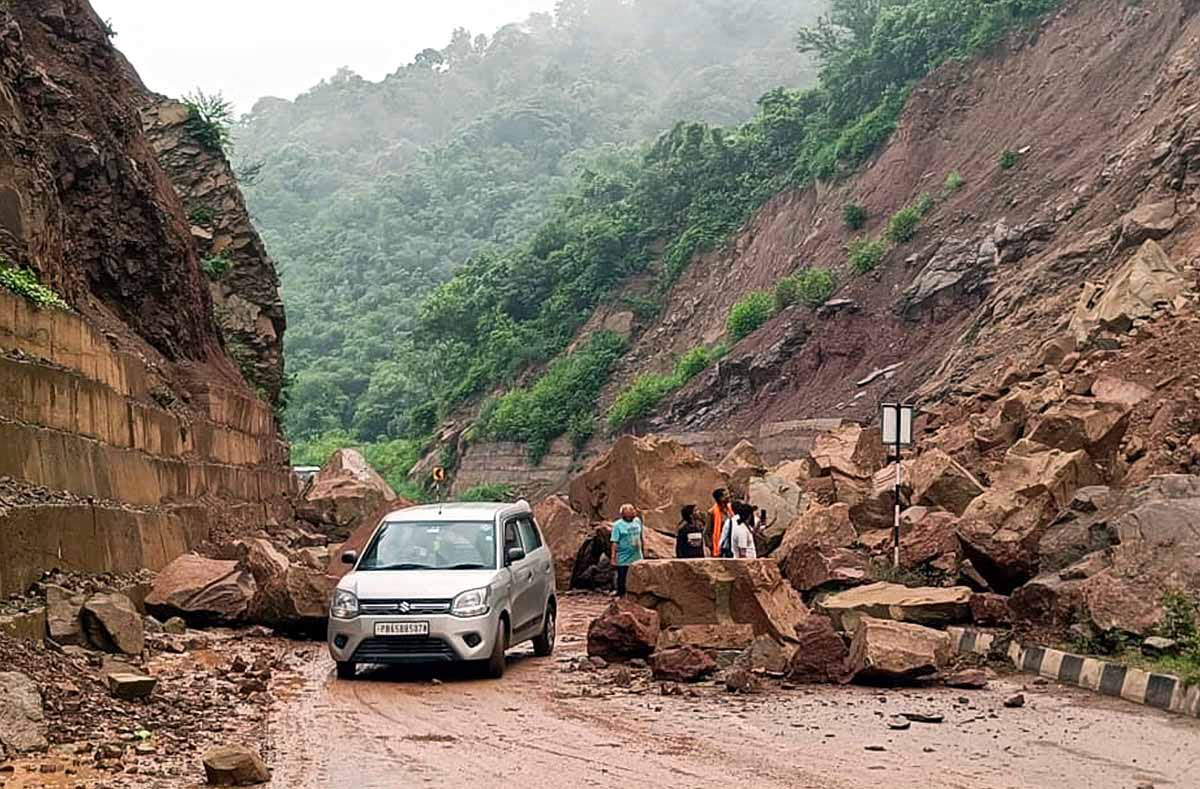
Source: aajtak
Landslides:
The Himalayan regions experience 200-300 landslides annually. Over 100 landslides were recorded in Himachal Pradesh during heavy rains in 2023.
Cyclones:
On average, 2-3 major cyclones hit coastal areas (Odisha, West Bengal) each year. Cyclone Michang impacted Chennai in 2023.
Crops and property:
Floods cause an annual loss of 18.05 billion INR to crops, homes, and public facilities, and the figure is rising.
Impact of climate change:
Weather-related disasters (floods, storms) caused 219 million displacements over the last decade, averaging 22.4 million annually.
